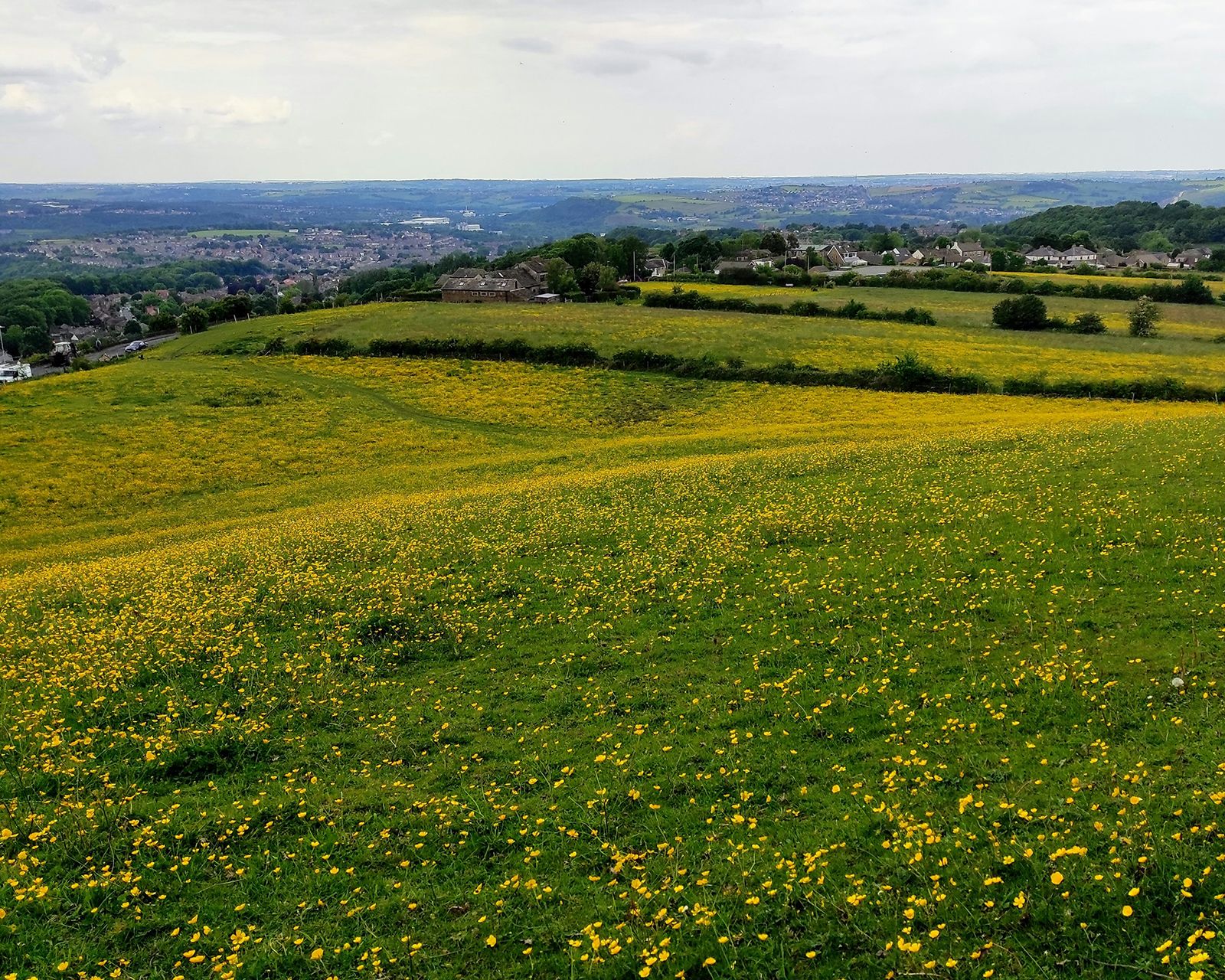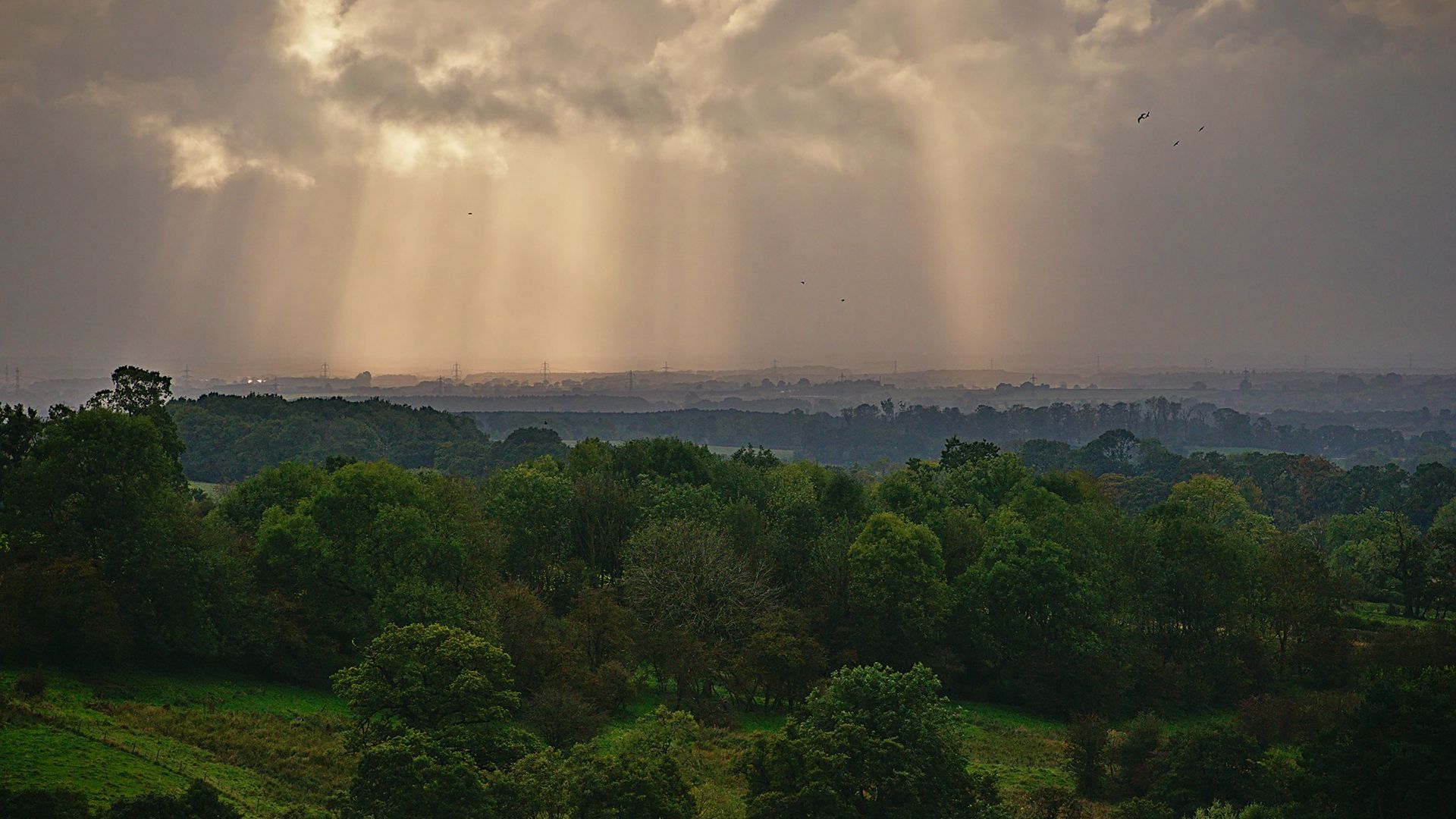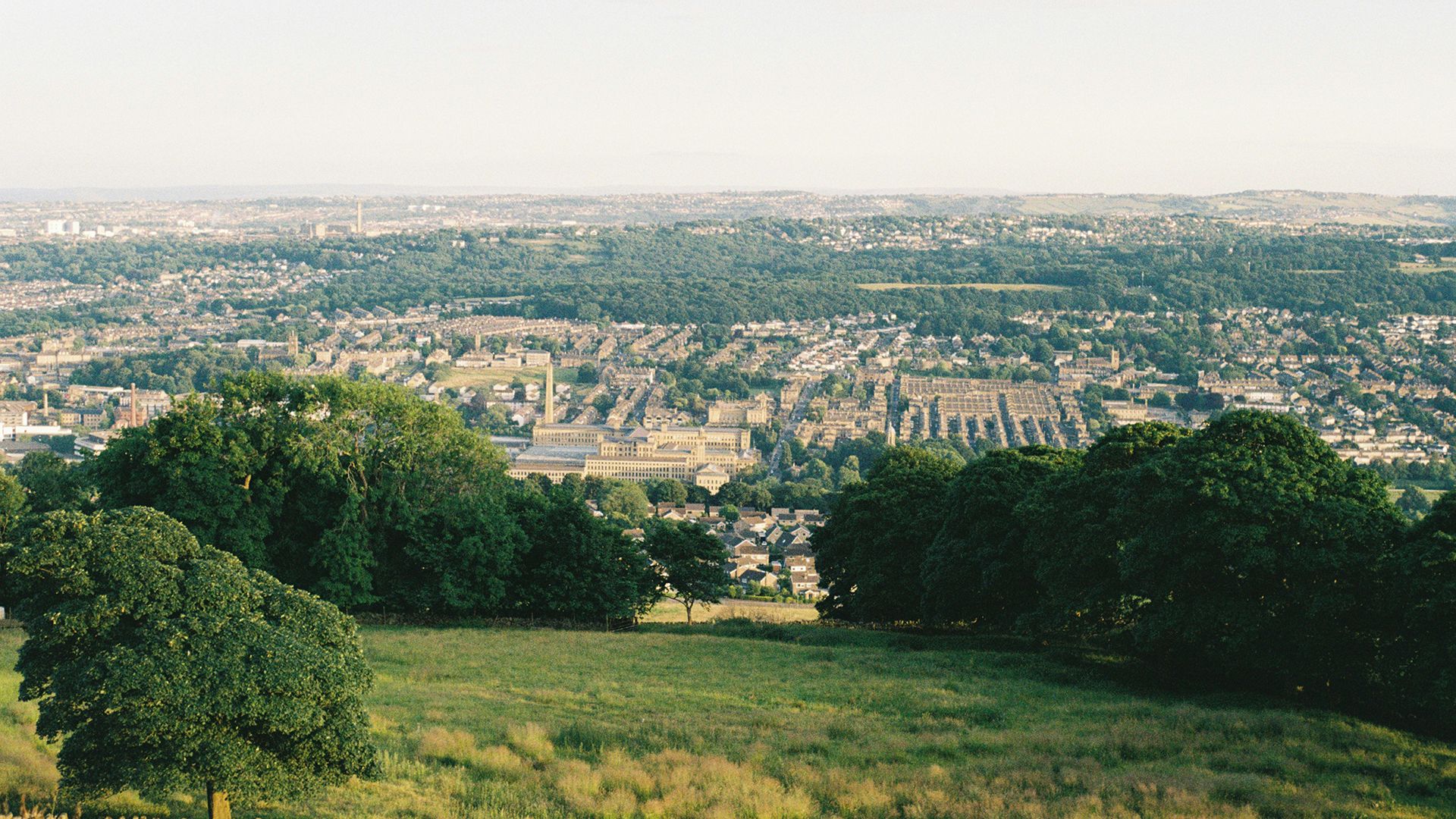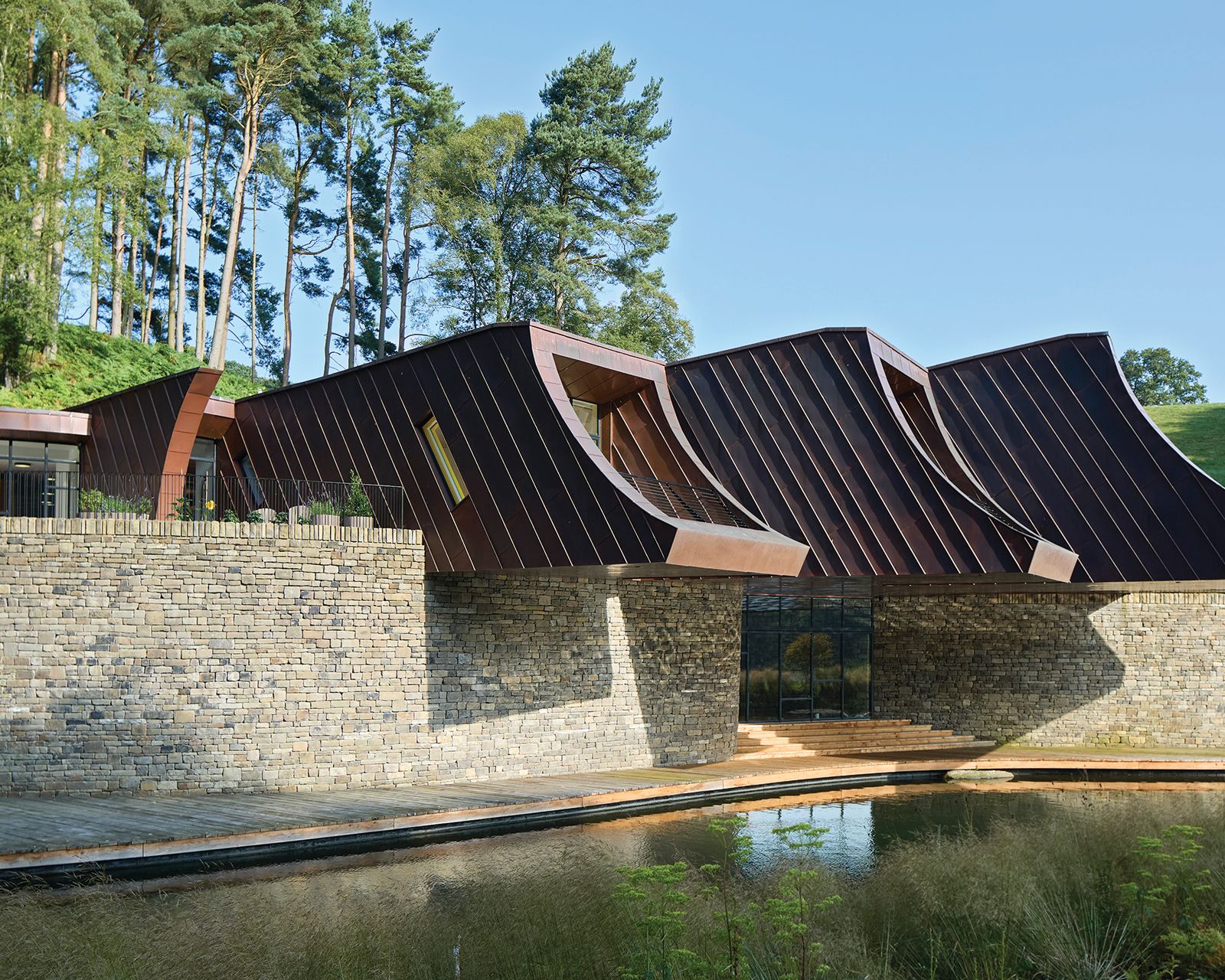Rural housing development – placemaking or place-breaking?
By Sally Ormiston | 14.07.25
Yorkshire’s new housing targets call for over 20,000 new homes in the next four years, with rural and semi-rural areas like North Yorkshire and East Riding seeing the biggest increases. The debate over countryside development is far from over.

While planning policy tends to prioritise towns and cities, Yorkshire’s rural landscape – coupled with recent relaxations relating to development on Green Belt land, means some countryside development is inevitable if national housing targets are to be met. But this is not all about planning policy, as the need for housing is real.
Rural Yorkshire has some of the least affordable housing in the country. We have an ageing population, a high proportion of second homes in some rural places, and in North Yorkshire alone, sixteen primary schools have closed since 2020. Without more housing, the long-term sustainability of our communities is in jeopardy. With greater demand than ever, and with housing an essential part of the future of rural communities, how can development be done well?

Objections to new rural housing are common – concerns about pressure on services, loss of green space and harm to the local character often dominate discussions. While many accept the need for new homes, fears understandably remain about overdevelopment and the strain on services and infrastructure. With the right approach, however, new housing can enhance rural places, rather than diminish them.
Key ingredients for good rural development
At Rural Solutions, we have seen hundreds of planning applications nationwide, and we consistently see key ingredients for the type of rural development that is placemaking, rather than place-breaking.
Design: Houses and layout that reflect local vernacular, use local materials, and complement the character of the place, whilst providing energy-efficient homes designed for modern living.
Scale: New developments should relate sensitively to existing villages and infrastructure in size, considering integration with what is already there, and how people will move around.
Services: Housing developments can bring real benefits by introducing amenities like community hubs, workspaces, play areas, cycle paths and upgrades to infrastructure – helping to serve existing and new residents.
Housing mix: Offering a range of housing types and tenures creates opportunities for people at different life stages. Homes for older residents, young families, and affordable options for rent or purchase are vital for a thriving, multi-generational community.
Landscape and green space: Housing built in the countryside inevitably has a visual impact, but by taking a ‘landscape-led’ approach to site selection, house design, layout and density, this can be minimised, and green spaces designed in to create spaces for recreation and nature.
Thriving, sustainable communities
Ensuring all these elements are met is not easy. All are essential ingredients in positive placemaking, and take early and ongoing dialogue between developers, planners, and local communities to get right. Rural housing schemes will always face higher scrutiny from planners and the local community, and rightly so. But, with thoughtful design and meaningful engagement, new housing can deliver lasting benefits beyond bricks and mortar.

If rural housebuilding is inevitable, we must make sure it supports a thriving and sustainable community in a holistic way, rather than just adding new homes.
For further information or to arrange a chat please email info@ruralsolutions.co.uk or call us on 01756 797501.
This article was first published in the Yorkshire Post on 12 July 2025
Sally Ormiston is a Director at Rural Solutions
We are using cookies to give you the best experience on our website. You can find out more about which cookies we are using on our cookie policy.


